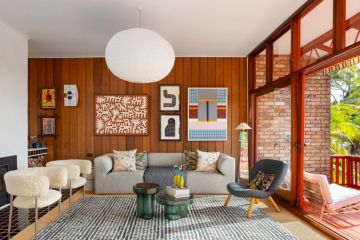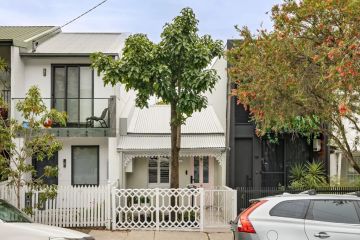Block-buying checklist: The features and deal-breakers to look out for when buying a block of land
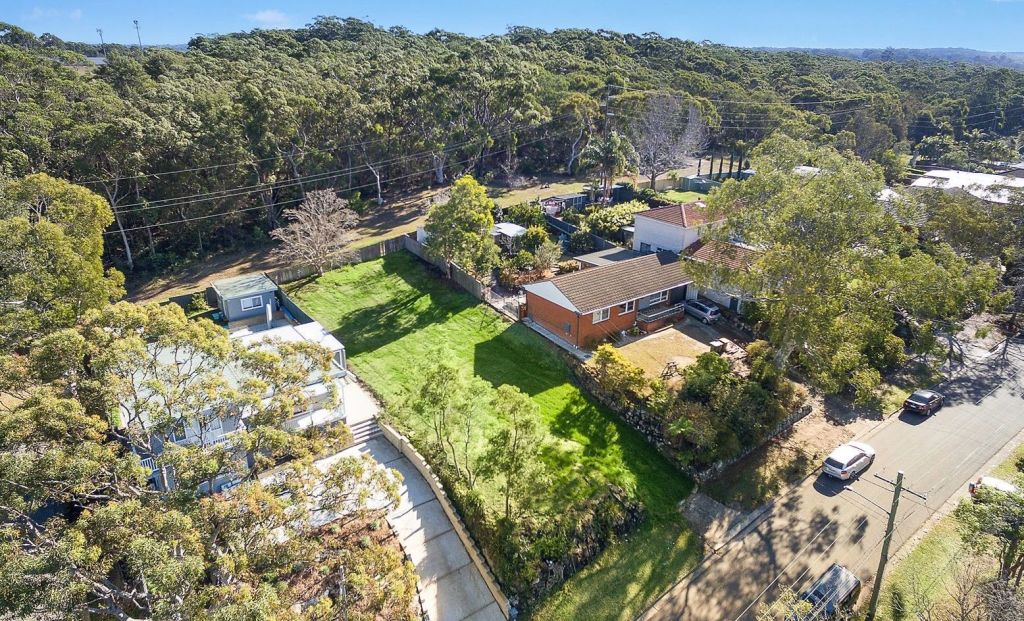
When looking for the perfect block of land to build a house, the most important consideration is how well it follows the golden rule of all property purchases – location, location, location.
It’s wise to buy the best block you can afford in the best suburb within your chosen location. The cost of building the same home in different suburbs may vary slightly, but choosing the right location in the best suburb will enhance your home’s value considerably.
Beyond location, these are the key features and deal-breakers to look out for when buying a block of land.
- Read more: The ultimate guide to building a new home
1. Zoning
Find out what zoning or development codes the council or shire has for the block. Residential development codes vary around the country but essentially each block will have certain limitations attached to it, in terms of the type, size and the number of dwellings that can be built on it. Check these to ensure you’re able to build the property you have in mind.
2. Restrictions
If you’re buying land in a new estate, check what restrictions the developer may have included on the block. These rules are in addition to, not instead of, the council conditions and may limit the height, bulk and style of your home, as well as exterior finishes.
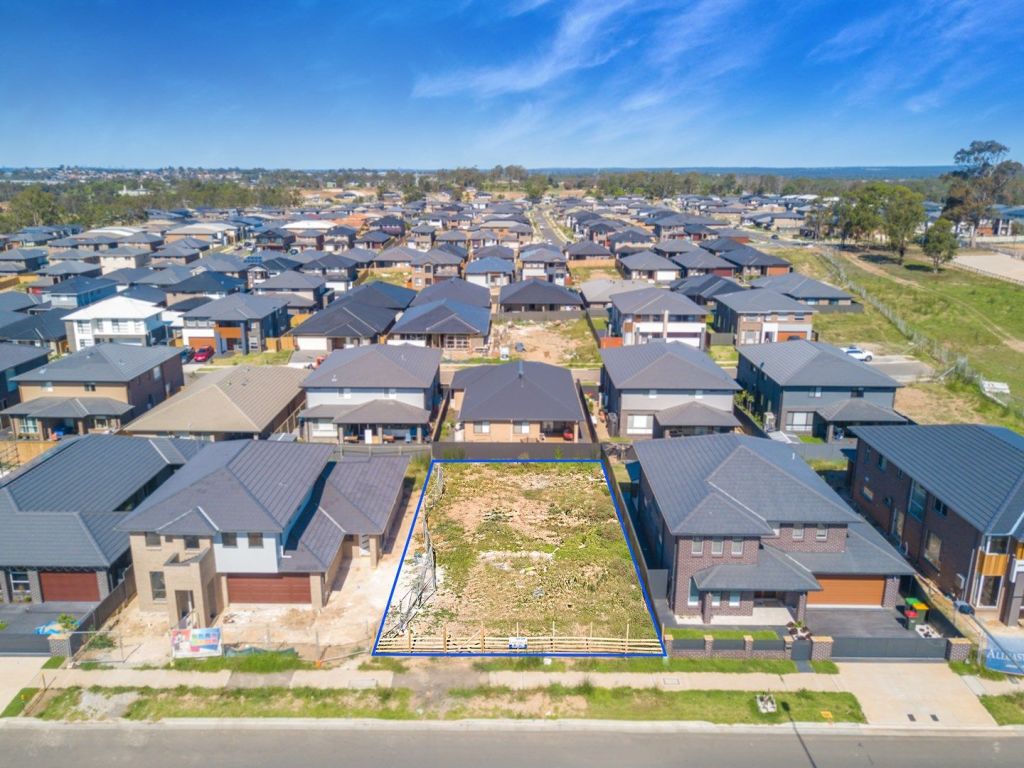
3. Future changes
Road changes, nearby developments or rezoning might be planned for the future. All of those may affect your enjoyment of the block and the value of anything you build on it.
Be mindful of any street furniture that will be added to the road that could affect you. Street poles, power lines or other road restrictions can interfere with your design plans and ultimately spoil your enjoyment.
If you’ve found the block with the best views and fallen in love with it, be extra careful that those views are yours forever. There is nothing worse than having that great view built out by a development on a neighbouring block.
4. Easements
Make sure there are no easements over your block. Mains services are the most common easement, and this may restrict your build area to the point that you can’t get the size of home on the block that you want.
5. Shape and slope
If possible, buy a flat, rectangular block, as this will minimise site costs and allow a bigger range of designs than odd-shaped or awkward sites would.
Sloping sites can be great for any number of reasons but the cost of developing them, especially on a budget, often means less money to be spent finishing your home.
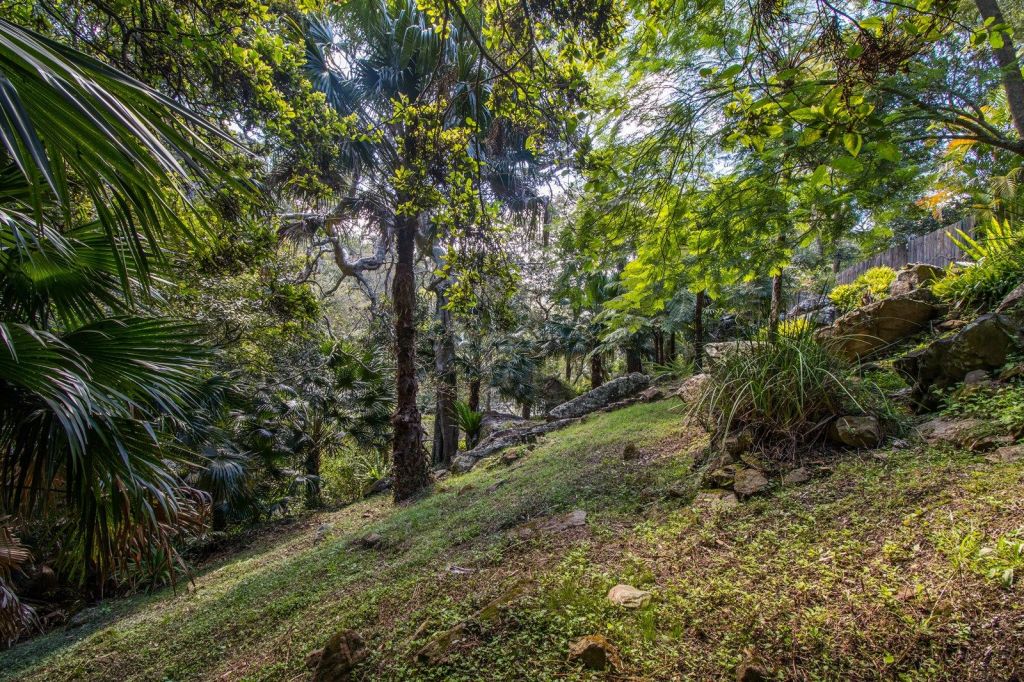
6. Trees
Trees are an amazing feature of everyday life but close to buildings they bring an ongoing cost for keeping your home clean and safe from debris. Site costs can also rise due to root infiltration and extra foundation structures that may be required.
7. Power lines
Avoid building near overhead power lines or electricity grid structures. Most buyers will shy away from a home with ugly structures in the neighbourhood, which can downgrade your home’s value.
8. Infill sites
If you choose to buy in an established area you may be looking at an infill site that has been built on previously. At the outset this means your site costs will be higher than a new block because the ground could be full of debris and disturbed materials, which means the building must be designed to go around or through those conditions.
Infill sites are also more expensive to develop because if you build at or near the boundary with other existing buildings, you are faced with what’s called overhand building due to restricted access which is slower and therefore costlier.
There is also the potential of indemnity costs if neighbours’ homes are disturbed or damaged by your building works.
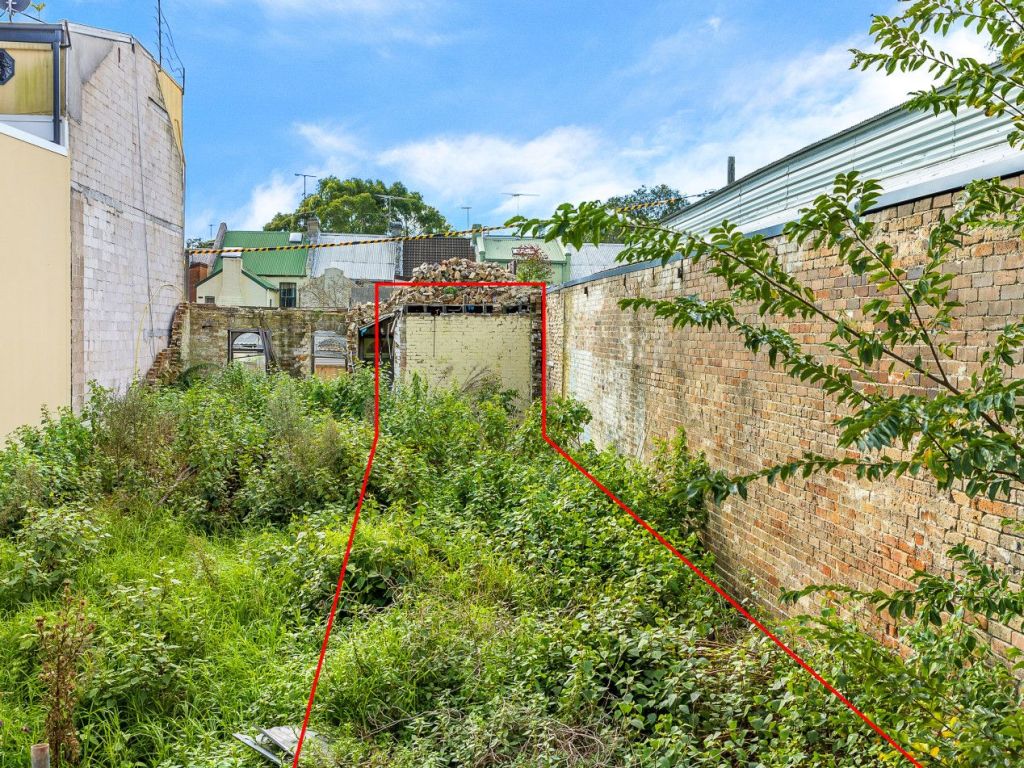
Negotiating tips for buying a block of land
Don’t fall in love with any one block. If you do, certainly don’t let the vendor know that this is your only option.
Negotiate hard and try to hide any emotional attachment that could cloud the realities of anything negative from the above pointers.
Money saved buying your block can be better spent creating the best home for your budget.
Paul Cheverall is the managing director of Home Builders Advantage.
We recommend
States
Capital Cities
Capital Cities - Rentals
Popular Areas
Allhomes
More

